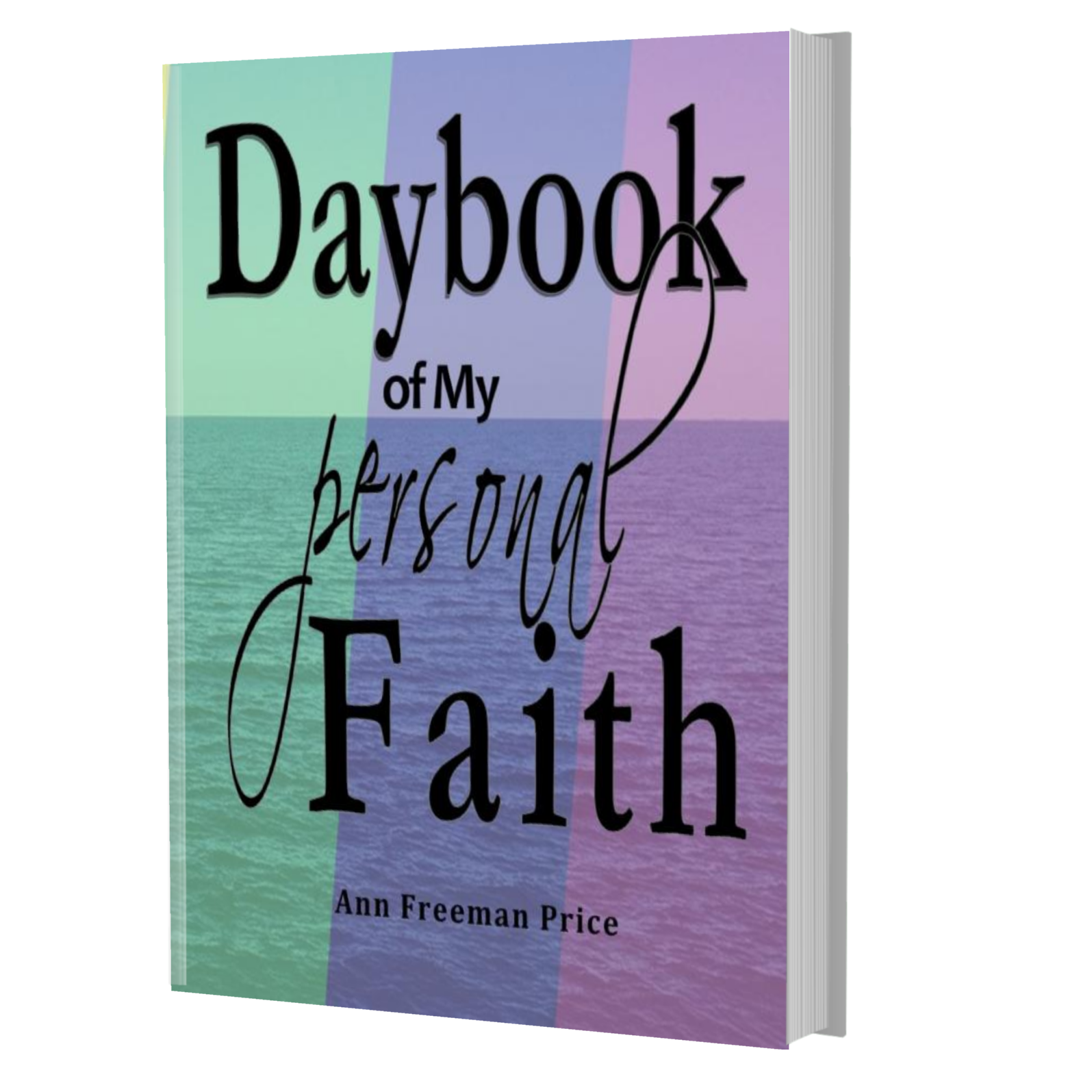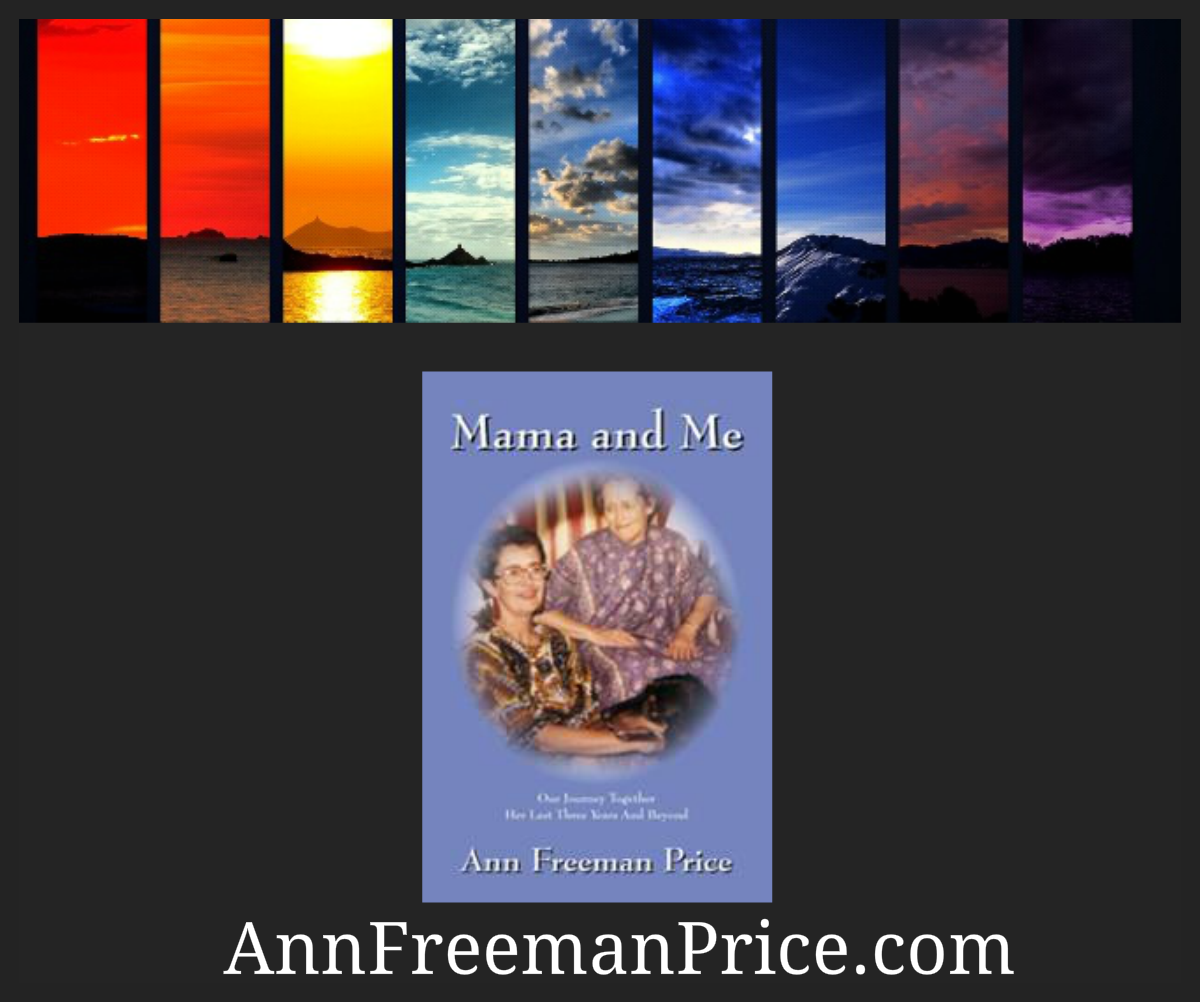Poet, Author, Composer....
Task Force on Human Sexuality
71. Task Force on Human Sexuality
I was asked in the 70’s to be co-chair of a Task Force on Human Sexuality (actually focusing on homosexuality) for the Northern New Jersey Conference of the United Methodist Church. It was to be a balanced task force with an equal number of people believing one set of things and the rest believing the other (and some not sure). Our task was to come up with a curriculum that churches across the conference could study about the subject. It was to be a balanced curriculum showing the beliefs on both sides.
There were probably 20 people and we met once a month for two years. I started out with a Korean clergy woman as the other co-chair and when she left the conference she was replaced by a white clergy man.
I was the one who led most of the sessions. And my real co-chair was the Spirit. In the very first session I asked that we go around the circle, take our time, and share with each other where we stood on the issue and why. If someone wanted to pass, they could, but nobody did. And people not only shared, but they shared deeply.
I believe that first session was the crucial one to establish that this was a safe space and that everyone throughout the meetings would be listened to carefully and treated with respect.
We came up with a curriculum but in a way that became not the point. The point, at least for me, was that we could talk on a very deep level, be on totally different sides of the subject, and still care profoundly about each other. I still see people on that task force and we greet each other warmly because we “know” each other.
Interestingly, at the end of our sessions together, we led a workshop in every district on the curriculum we had come up with, on techniques for making it an effective study time for congregations, and people—both clergy and lay—came to those training sessions. At the end of the session we would sit in a circle and have an evaluation time. Over and over participants talked positively about the training session, about the curriculum, about what they had learned that day and then, over and over, participants, particularly pastors, would say, “I wouldn’t touch this with a ten-foot pole in my congregation. It would be too divisive.”
And I felt that they had missed the entire point. Relationships in their churches could have grown and become richer by doing the curriculum, regardless of whether people changed their mind on the topic or not.
I learned in the two years that we met that people with very diverse opinions can come to a place of love and concern for each other because they have taken time to deeply listen to each other. And if you can’t risk doing that in the church—then where?


